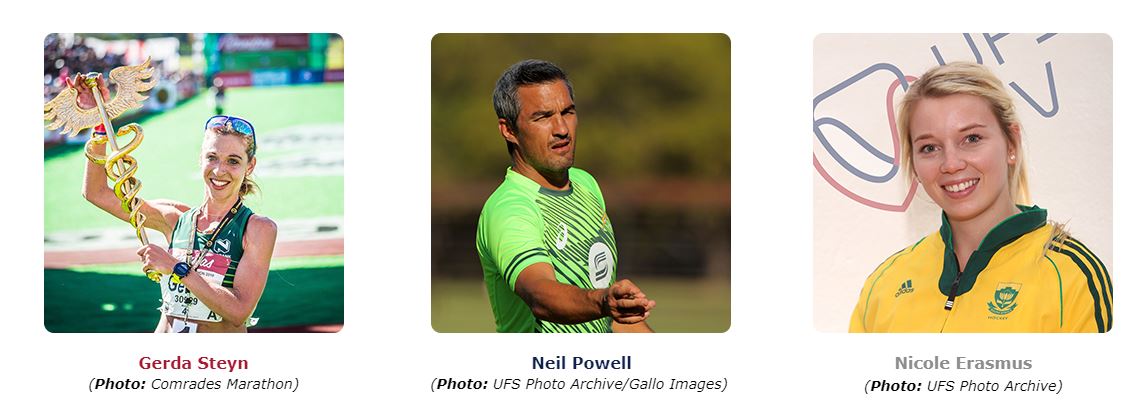It is a year later, but the Tokyo 2020 Olympics finally started on Friday, 23 July 2021. In team South Africa, a couple of the athletes and management, many of them medal contenders, call themselves Kovsies.
From 1 August, the progress of the country’s golden boy,
Wayde van Niekerk, will be closely followed when he tries to hold on to the title as Olympic 400 m champion –
he is still the world record holder (set at the 2016 Games). The final of the 400 m is scheduled for 5 August.
One of only five female athletes in the South African team, Gerda Steyn will compete in the marathon on 7 August. This is her first time at the Olympics.
She is in red-hot form. In April, she broke a 25-year record in Italy when she ran the fastest-ever marathon by a South African woman, finishing in 2:25:28. She is the defending Comrades and Two Oceans champ.
Protea hockey player,
Nicole Erasmus, will become a fourth-generation Olympic contender in her family. Her mother, Lynne Walraven (née Tasker) was a Zimbabwean swimmer, her great-uncle, Anthony Tasker, was a member of the South African rowing team, and her great-great-uncle, Frank Rushton, was a South African hurdles athlete.
From 26 to 28 July, the South African sevens rugby team, with former Shimlas Chris Dry as a team member and Neil Powell as head coach, will aim to improve on their bronze medal achieved in 2016. Powell was also the head coach at the time, and another former Kovsie, Philip Snyman, captained the Blitzboks.
Kate Murray (formerly Roberts), head coach and high-performance manager of Triathlon South Africa, will act as the SA triathlon coach. She is a double Olympic participant, having raced for South Africa at the 2008 and 2012 Olympic Games.
